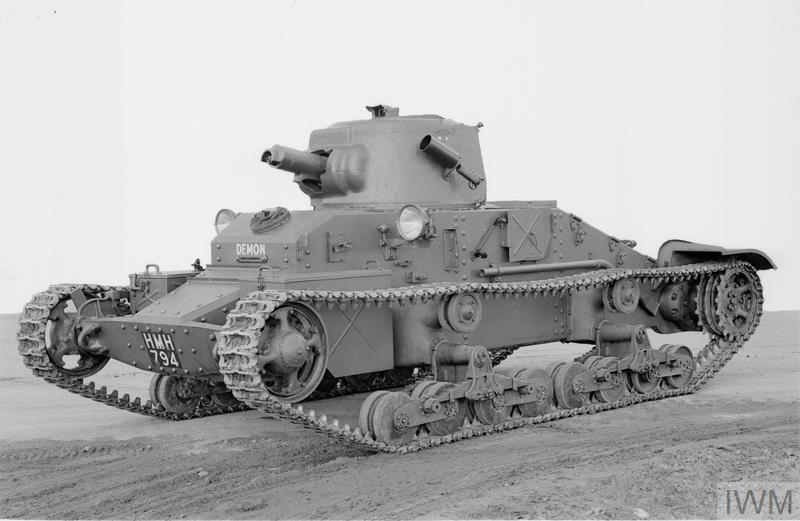


When Egypt and Syria mounted their coordinated surprise attack on Oct.

Major changes were on display during the October 1973 war. It was only too apparent that the Arab states were shifting from fighters to SAMS for air defense. One historian of these events, retired RAF Air Vice Marshal Tony Mason, observed, “Squadron attrition exchange ratios had changed from 1-to-40 in the air to 2-to-4 against missiles” during the peak of the War of Attrition. Worse, the SAMs were taking a toll on the small Israeli Air Force. As a result, the IAF was the first air force that had to contend with advanced Soviet-made SAMs.ĭuring these years, IAF raids destroyed some Egyptian SAM batteries, but sporadic action was not enough. Egypt’s campaign to harass Israeli forces in the Sinai was backed by a massive infusion of Soviet weapons, including modern aircraft and missiles. However, the IAF’s dominance in the air was successfully challenged in the War of Attrition which officially started in March 1969 and ended in mid-1970. Thereafter, the Egyptian, Syrian, and Jordanian armies were routed in the Sinai, Golan Heights, and West Bank. The three Arab nations, taken together, lost around 400 aircraft on the ground and in the air. Flying about 3,300 sorties, the IAF smashed the air forces of Egypt, Jordan, and Syria. Israel’s small but elite air force dominated the Six Day War of June 1967, pulling off one of the most successful surprise attacks of all time. The Bekaa Valley success was long in the making. So startling was the IAF success in that Bekaa Valley air war 20 years ago this month that it ever since has stood out as a critical turning point in the deadly duel of fighters and SAMs.


 0 kommentar(er)
0 kommentar(er)
